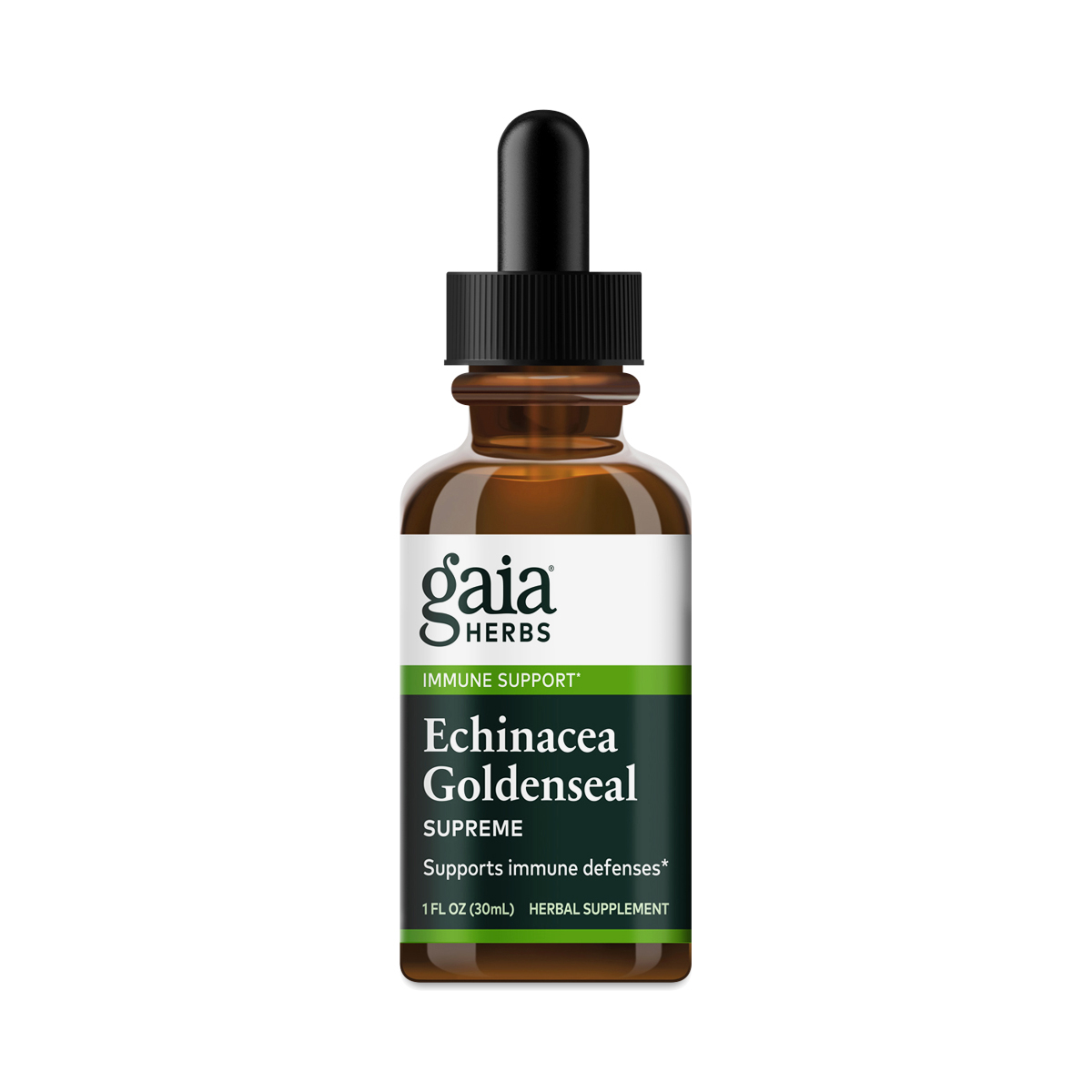
What if my pill has a logo? If your pill has a logo, you can ignore the logo and type in any other letters or numbers in the imprint code. It is not possible to accurately identify a pill online without an imprint code. If your pill has no imprint it could be a vitamin, diet, herbal, or energy pill, or an illicit or foreign drug. are required by the FDA to have an imprint code. A section of corn (25' x 100') left standing through winter can feed a flock of 60 turkeys.What if my pill has no imprint code? All prescription and over-the-counter (OTC) drugs in the U.S. Five to 30% of a turkey management area should be in herbaceous openings. Maintain key habitat features such as spring seeps, beech knolls, oak stands, understory vegetation (apples, hawthorns, witch hazel, and viburnums), and thickets or patches of juniper, sumac, barberry, grapes, and native bittersweet (be sure not to plant the invasive type). Minimize forest cutting during the nesting season (April/May/June) to avoid disturbance. Even-aged management that effectively regenerates food sources such as black cherry, white ash, and oak is preferred. Long rotation management that maximizes mast production is an optimal strategy. Turkeys are active during the day, roosting in trees from sundown until sunrise. They travel over 4 to 5 square miles during the year, although during the winter and nesting season they often restrict their movements within 100-200 acres. These areas support low herbaceous or grassy ground cover and insects needed for brood-rearing. Openings, including pastures, hayfields, burned areas, clear-cuts, blueberry barrens, and natural savannas, are a key component of their habitat. Large softwood or hardwood trees are needed for roosting. Hardwood stands with south-facing slopes and seep areas are favored in winter. In the fall, turkeys forage in mast-producing stands of oak/hickory, oak/pine, and northern hardwoods. Wild turkeys take advantage of different habitats throughout the year based on their food and nesting needs. In late summer, hens and their broods often band together to form large flocks. Hens will often abandon a nest if disturbed during incubation. Chicks hatch in 28 days, typically in early June.Ĭoyote, fox, and fisher are the major predators of adult turkeys. Hens breed in their first year while adult males ("toms") out-compete one-year old males ("jakes"). Nests are located in areas with a well-developed understory or in cut-over areas with slash. The nest is typically a small depression lined with dead leaves.

Mating occurs in April and nesting in May. Toms gather a harem of hens by gobbling, strutting, and using dramatic plumage displays. Both adults make a variety of noises - yelps, clucks, cackles, purrs, rattles, and gobbles. In winter turkeys visit seeps they feed on sensitive fern fertile stalks, waste corn, and persistent fruits such as barberry, rose hips, and dried apples.Īdult males gobble to attract females and to repel competing males. Adults eat 90% plant matter and 10% insects. Turkeys eat corn, rye, oats, alfalfa, soybeans, millet, and buckwheat. Seeds, berries, grasses, sedges and insects are important summer foods.


Acorns, beechnuts, cherries, and ash seeds are primary food sources. Turkeys forage on the ground in flocks, occasionally mounting shrubs and small trees. Turkeys are present in every county in New Hampshire, though severe winter weather and lack of suitable habitat limit the distribution of wild turkeys in the northernmost part of the state. Today the population is estimated at upwards of 25,000 birds. NH Fish and Game began transplanting wild turkeys into the state in in 1969-70 (this initial effort failed), then again in 1975. Wild turkeys totally disappeared from New Hampshire 150 years ago because of habitat loss and the lack of a fish and game department to regulate hunting seasons. Males have spurs 1/4 to 1-1/4 inch long on the lower legs.Ī non-migratory native of much of North America from s. A beard (like bristles on a broom) hangs down from the chest typical in males and in 5% of females. Neck and head of adult males is reddish, while females have bluish heads with more feathers.Ī dewlap (fleshy growth hanging under chin), caruncles (growths located on the side and front of neck), and a snood (a fleshy projection rising above the bill) adorn males.

Wings and fan-shaped tail show alternating dark bands. Plumage is iridescent bronze dark in males and tips rusty or light brown in females. Toms (adult males) weigh 18-24 pounds or more hens (females) about 10 pounds.


 0 kommentar(er)
0 kommentar(er)
